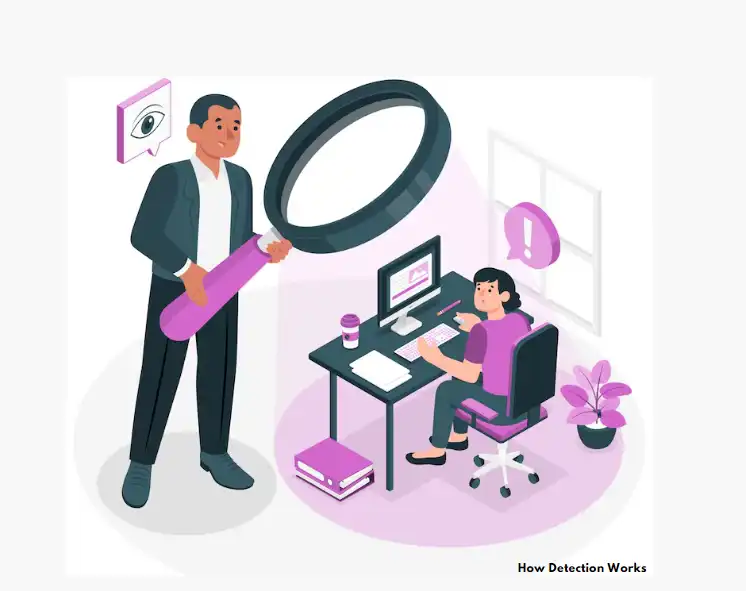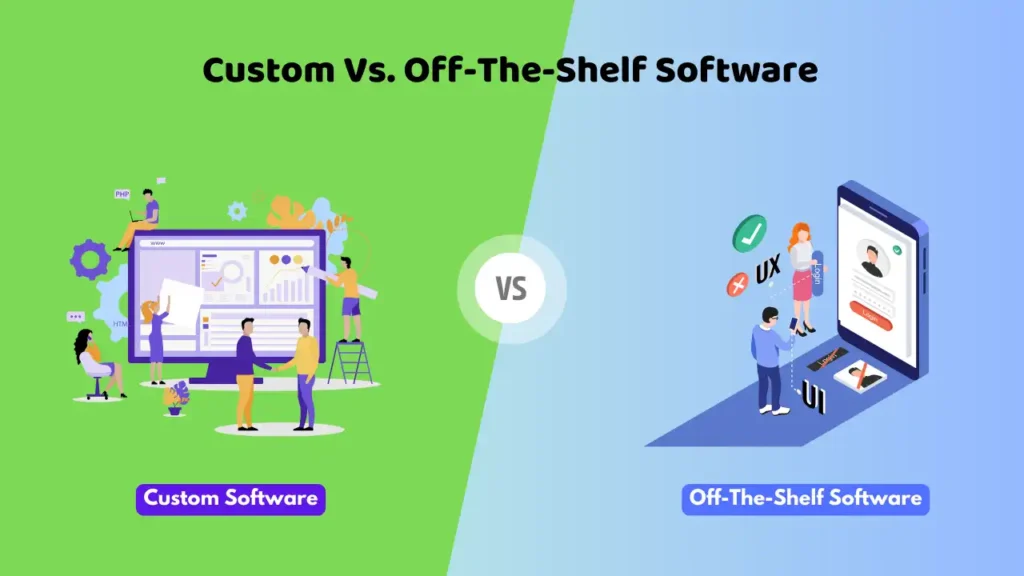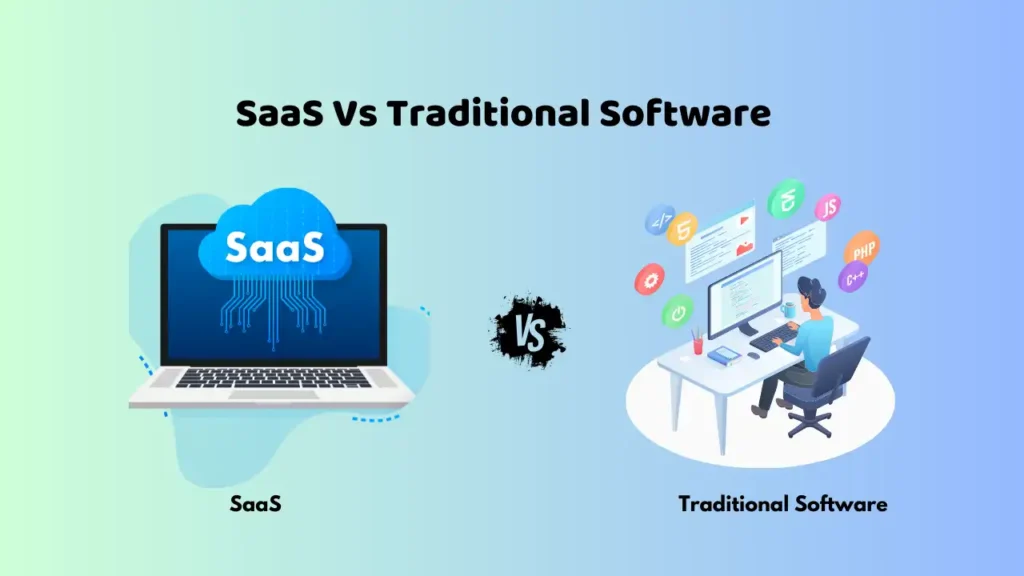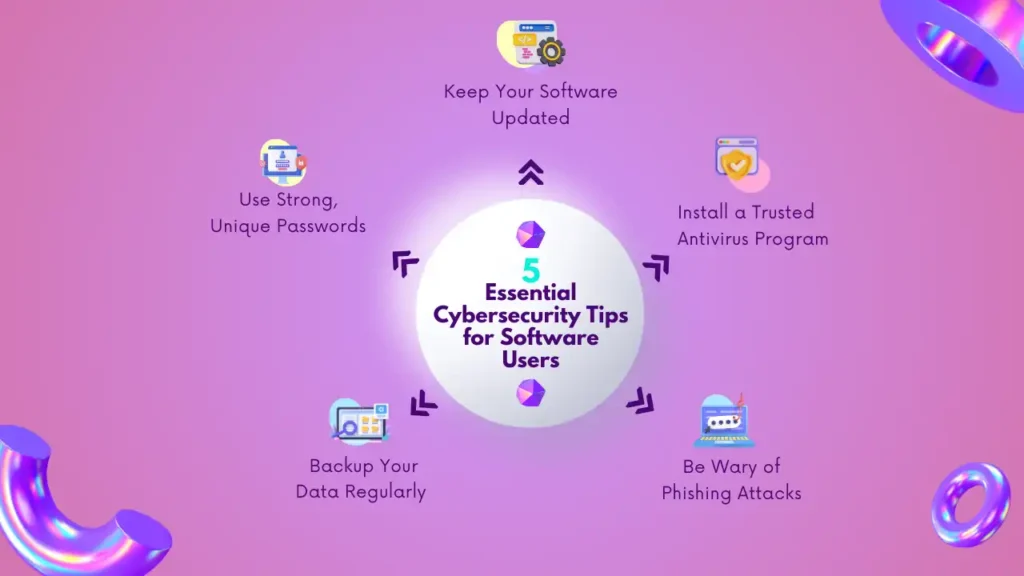Plagiarism detection software protects academic integrity by identifying copied content in student submissions. It ensures originality and discourages academic dishonesty.
Academic institutions face significant challenges in maintaining integrity. Plagiarism detection software plays a crucial role in this effort. These tools scan documents for similarities with existing content, highlighting potential instances of plagiarism. This ensures that students submit their own work and respect intellectual property.
Educators can easily verify the authenticity of submissions, fostering a culture of honesty. The software is user-friendly, integrating seamlessly into academic workflows. By utilizing these tools, institutions uphold high academic standards. This ultimately benefits students by promoting genuine learning and critical thinking skills.
Role Of Plagiarism Software

Plagiarism detection software plays a crucial role in maintaining academic integrity. It ensures originality in student submissions and promotes a culture of honesty.
By identifying copied content, this software helps educators uphold high standards. It also fosters genuine learning and critical thinking.
Importance In Education
Plagiarism detection software is vital in education. It ensures that students produce original work. This software helps teachers spot copied content quickly. It saves time and effort.
Here are some key benefits:
- Maintains Academic Standards: It helps keep academic standards high.
- Promotes Fairness: All students are judged by the same criteria.
- Encourages Original Thinking: Students are motivated to create their own work.
Many institutions now require the use of plagiarism software. This ensures that all submissions are checked for originality. Schools and universities benefit from this practice. It helps maintain their reputation and credibility.
Here is a brief comparison of popular plagiarism detection tools:
| Software | Features | Price |
|---|---|---|
| Turnitin | Comprehensive reports, integration with LMS | Subscription-based |
| Grammarly | Grammar checks, plagiarism detection | Free & Premium |
| Copyscape | Web-based, simple interface | Pay-per-use |
Impact On Students
Plagiarism detection software impacts students in many ways. It teaches them the value of original work. They learn to avoid shortcuts.
Here are some impacts:
- Improves Writing Skills: Students focus on improving their writing.
- Builds Integrity: They develop a sense of honesty and ethics.
- Reduces Academic Pressure: Knowing their work will be checked, they avoid plagiarism.
Students also gain confidence. They know their work is truly theirs. This boosts their self-esteem. They become more responsible. They understand the consequences of plagiarism.
Plagiarism detection software provides valuable feedback. Students can see where they went wrong. They learn from their mistakes. This helps them grow academically. It prepares them for future challenges.
Types Of Plagiarism
Plagiarism detection software is essential for protecting academic integrity. It ensures that all work submitted is original and not copied from other sources. There are different types of plagiarism, each with unique characteristics and challenges. Understanding these types helps in effectively using the software to catch them.
Direct Copying
Direct copying is the most obvious form of plagiarism. It involves taking text from a source and using it word-for-word without citation. This type of plagiarism is easy to detect with software.
Here are some common scenarios where direct copying occurs:
- Copying and pasting from websites or online articles.
- Using entire paragraphs from books or journals without acknowledgment.
- Submitting someone else’s work as your own.
Plagiarism detection tools can quickly identify direct copying. They compare the submitted text against a vast database of sources. The software highlights matching text and provides links to the original sources. Here is a simple table showing how direct copying is flagged:
| Original Text | Copied Text | Source |
|---|---|---|
| To be or not to be, that is the question. | To be or not to be, that is the question. | Shakespeare’s Hamlet |
Using such tools ensures that academic work maintains its integrity. Students learn the importance of creating original content. It also deters students from attempting to plagiarize.
Paraphrasing Issues
Paraphrasing issues occur when students change a few words in a text but keep the original meaning. This type of plagiarism is harder to detect. It requires more sophisticated software algorithms.
Common signs of paraphrasing issues include:
- Synonym replacement: Changing key words to their synonyms.
- Sentence structure alteration: Rewriting sentences but keeping the same ideas.
- Combining sources: Mixing sentences from different sources without proper citation.
Plagiarism detection software uses advanced techniques to catch these issues. It analyzes sentence structure and meaning, not just word matches. Here is an example of paraphrasing detection:
| Original Text | Paraphrased Text |
|---|---|
| The quick brown fox jumps over the lazy dog. | The fast brown fox leaps over the sluggish dog. |
Using these tools ensures that students properly paraphrase and cite their sources. It teaches them to respect intellectual property and enhances their learning experience.
How Detection Works

Plagiarism detection software plays a crucial role in maintaining academic integrity. It ensures that students and researchers produce original work.
But how does this software detect plagiarism? Understanding the mechanisms behind plagiarism detection can help us appreciate its importance.
Algorithmic Approaches
Plagiarism detection tools often rely on sophisticated algorithms. These algorithms can identify copied content by analyzing text patterns and structures. Here’s how they work:
- String Matching: This technique scans for exact matches of text segments. It’s highly effective for detecting blatant copying.
- Fingerprinting: The software creates a digital fingerprint of the text. It then compares these fingerprints to detect similarities.
- Stylometry: This method examines writing style. By analyzing sentence length, vocabulary, and syntax, it can detect if the text is consistent with the author’s style.
- Lexical Matching: The tool compares word usage and sequences. It helps in identifying paraphrased content.
These algorithms make the software powerful and versatile. They can handle various types of text, from essays to research papers. Here’s a simple table summarizing these approaches:
| Algorithm | Description |
|---|---|
| String Matching | Scans for exact matches of text segments. |
| Fingerprinting | Creates a digital fingerprint of the text for comparison. |
| Stylometry | Analyzes writing style to check for consistency. |
| Lexical Matching | Compares word usage and sequences to detect paraphrasing. |
Database Comparisons
Another crucial element of plagiarism detection is database comparisons. The software compares submitted text against vast databases. These databases include:
- Academic Journals: Thousands of peer-reviewed articles and papers.
- Books and Publications: Extensive collections of published books and documents.
- Web Content: Billions of web pages and online articles.
- Student Papers: A repository of previously submitted student assignments.
The software checks the submitted text against these databases. It highlights any matching sections. Here’s a breakdown of the types of databases used:
| Database Type | Content |
|---|---|
| Academic Journals | Peer-reviewed articles and research papers. |
| Books and Publications | Published books, documents, and reports. |
| Web Content | Web pages, blogs, and online articles. |
| Student Papers | Previously submitted assignments and papers. |
Database comparisons make plagiarism detection robust and reliable. They ensure that even cleverly disguised plagiarism is caught. This comprehensive approach helps maintain the integrity of academic work.
Benefits For Institutions
Plagiarism detection software plays a crucial role in protecting academic integrity. For institutions, the benefits are substantial. This tool helps uphold high standards and enhances their reputation. Let’s delve into these benefits for institutions.
Maintaining Standards
Maintaining academic standards is vital for institutions. Plagiarism detection software ensures students submit original work. This tool checks assignments against vast databases. It identifies copied content and highlights similarities. Institutions can then take appropriate actions.
Here are some key benefits:
- Consistent Quality: Ensures all submitted work meets academic criteria.
- Fair Evaluation: Provides a fair assessment for all students.
- Academic Honesty: Promotes a culture of integrity and honesty.
With these benefits, institutions can maintain their academic standards. This also helps in creating a transparent learning environment.
| Benefit | Explanation |
|---|---|
| Consistent Quality | Ensures assignments meet set academic standards. |
| Fair Evaluation | Provides a level playing field for all students. |
| Academic Honesty | Encourages students to produce original work. |
Enhancing Reputation
Institutions with strong academic integrity enjoy a better reputation. Plagiarism detection software plays a significant role in this. By ensuring originality, it boosts the institution’s credibility. Prospective students and faculty look for reputable institutions.
Here are some advantages:
- Attracts Talent: High standards attract top students and faculty.
- Trustworthy Degrees: Degrees from reputable institutions hold more value.
- Positive Image: Enhances the institution’s public image.
These benefits contribute to the institution’s growth and success. A strong reputation leads to better opportunities and collaborations. The table below summarizes the advantages:
| Advantage | Explanation |
|---|---|
| Attracts Talent | Draws top students and faculty to the institution. |
| Trustworthy Degrees | Increases the value of the degrees awarded. |
| Positive Image | Improves the public perception of the institution. |
User Experience
Plagiarism detection software plays a crucial role in protecting academic integrity. It ensures that students submit original work and helps educators maintain fairness.
The user experience of this software is essential for its effectiveness and adoption. Let’s explore how the ease of use and integration with learning platforms enhance the user experience.
Ease Of Use
For any software to be effective, it must be easy to use. Plagiarism detection software excels in this aspect. Here are some of the key features that contribute to its user-friendly nature:
- Simple Interface: The software typically features a clean, intuitive interface. Users can easily navigate through various options without confusion.
- Quick Upload: Students and educators can quickly upload documents. The software supports various file formats, making it convenient for everyone.
- Fast Results: The software provides quick results. Users don’t have to wait long to see the analysis of their documents.
A well-designed plagiarism detection tool also offers:
| Feature | Benefit |
|---|---|
| Real-time Feedback | Immediate insights into potential plagiarism |
| Clear Reports | Easy-to-understand analysis and suggestions |
| Multi-language Support | Accessibility for users from different backgrounds |
These features ensure that users of all technical abilities can effectively use the software. This ease of use encourages consistent utilization, thereby strengthening academic integrity.
Integration With Learning Platforms
Seamless integration with learning platforms is another critical aspect of plagiarism detection software. It must work well with popular educational tools to provide a cohesive experience.
Some key benefits of integration include:
- Single Sign-On (SSO): Users can access the software without needing separate login credentials. This reduces the hassle of managing multiple accounts.
- Automated Submission: Students can submit assignments directly through their learning management system (LMS). This simplifies the submission process.
- Unified Dashboard: Educators can view all submissions and plagiarism reports in one place. This centralized approach saves time and effort.
Popular learning platforms that often integrate with plagiarism detection software include:
- Moodle: Widely used in educational institutions, Moodle supports various plugins for plagiarism detection.
- Canvas: This LMS offers robust integration options, making it easy to add plagiarism detection tools.
- Blackboard: Known for its comprehensive features, Blackboard also supports seamless integration with plagiarism detection software.
These integrations ensure that plagiarism checks are part of the regular workflow. This makes it easier for educators to monitor academic integrity without extra steps.
Challenges In Detection
Plagiarism detection software plays a vital role in protecting academic integrity. Yet, the process of detecting plagiarism faces many challenges. These challenges impact the efficiency and accuracy of the software. Let’s delve into some of these obstacles.
False Positives
False positives are a significant challenge in plagiarism detection. A false positive occurs when the software flags original work as plagiarized. This can be due to various reasons:
- Common Phrases: Some topics have commonly used phrases. The software may mistakenly identify these as copied content.
- Quotations: Properly cited quotations can be flagged. This happens if the software does not recognize citation formats correctly.
- Paraphrasing: Effective paraphrasing may still get flagged. The software might not differentiate well between paraphrased and copied text.
False positives can have serious consequences for students. They may face unfair penalties or damage to their reputation. To illustrate, consider the following table:
| Scenario | Impact |
|---|---|
| Common Phrases | Unjust flagging of work |
| Quotations | Misidentification as plagiarism |
| Paraphrasing | Difficulty in distinguishing original work |
Addressing false positives requires advanced algorithms. These algorithms need to better understand context and citation practices.
Evolving Writing Styles
Writing styles are constantly evolving. This evolution poses another challenge for plagiarism detection software. Modern writers use new words and phrases. They also adopt different structures and formats.
Changes in academic writing can be seen through:
- Technology: Digital tools influence how students write. Software and apps suggest synonyms and phrases, changing writing patterns.
- Global Influence: Students from diverse backgrounds bring unique styles. This diversity makes it hard for software to detect consistent patterns.
- Creative Expression: New forms of creative writing are emerging. Traditional detection methods may not recognize these as original.
Plagiarism detection software must continuously update its algorithms. It needs to adapt to new writing trends and styles. Below is an example of how evolving writing styles impact detection:
| Factor | Impact on Detection |
|---|---|
| Technology | Changes in word usage |
| Global Influence | Diverse writing patterns |
| Creative Expression | New forms of originality |
Keeping up with evolving writing styles is essential. This ensures that plagiarism detection software remains effective and fair.
Future Of Plagiarism Detection
Plagiarism Detection Software is crucial for maintaining academic integrity. It helps identify and prevent the unethical practice of presenting someone else’s work as one’s own. The Future of Plagiarism Detection is evolving rapidly with advancements in technology, particularly with the integration of AI and Machine Learning. These innovations promise to make plagiarism detection more accurate and efficient.
AI and Machine Learning

AI and Machine Learning are transforming plagiarism detection. By analyzing vast amounts of data, AI can identify patterns and similarities that traditional methods might miss. Here are some key ways AI enhances plagiarism detection:
- Advanced Pattern Recognition: AI algorithms detect complex patterns in text, identifying subtle forms of plagiarism.
- Contextual Understanding: Machine Learning models understand the context of words and sentences, ensuring accurate detection.
- Continuous Learning: AI systems continuously improve by learning from new data, becoming more effective over time.
AI-powered tools provide detailed reports, highlighting the exact sources and types of plagiarism. This helps educators address specific issues and educate students about academic honesty. The table below summarizes some benefits of AI in plagiarism detection:
| Benefit | Description |
|---|---|
| Efficiency | AI quickly analyzes large volumes of text, saving time. |
| Accuracy | Machine Learning improves detection precision, reducing false positives. |
| Scalability | AI systems handle increasing amounts of data effortlessly. |
Adapting To New Trends
The digital landscape constantly evolves, and plagiarism detection software must adapt to new trends. Modern tools are designed to stay ahead of changing tactics used by those trying to circumvent detection. Here’s how they adapt:
- Detection of Paraphrasing: New algorithms can spot sophisticated paraphrasing, where the original meaning is retained, but the text is altered.
- Multimedia Content Analysis: Plagiarism detection now includes checking images, videos, and code for originality.
- Cross-Language Detection: Tools can identify plagiarism across different languages, ensuring a broader scope of detection.
Additionally, real-time detection capabilities are being developed. This allows instant feedback for students, promoting learning and adherence to ethical standards. Blockchain technology is also being explored for secure and immutable record-keeping of original works.
By staying updated with new trends, plagiarism detection software ensures academic integrity remains uncompromised. The future holds promising advancements that will make these tools even more robust and reliable.
Promoting Academic Integrity
Plagiarism detection software plays a crucial role in protecting academic integrity. It helps educators and institutions uphold fairness and honesty in academic work. Promoting academic integrity is essential to ensure that students learn effectively and maintain the value of their degrees.
Educating Students
Educating students about plagiarism is vital. They need to understand what constitutes plagiarism and its consequences. Here are some ways to educate students:
- Workshops: Schools can organize workshops to teach students about plagiarism.
- Online Courses: Interactive online courses can help students learn at their own pace.
- Handbooks: Providing handbooks with clear guidelines on plagiarism and citation rules.
Plagiarism detection software can also be used as a teaching tool. Students can submit drafts and receive feedback on potential plagiarism. This process helps them understand proper citation practices and the importance of original work.
| Method | Benefits |
|---|---|
| Workshops | Interactive learning, immediate feedback |
| Online Courses | Flexible schedule, comprehensive content |
| Handbooks | Easy reference, detailed guidelines |
Creating Awareness
Creating awareness about plagiarism is equally important. Awareness campaigns can help students understand the seriousness of plagiarism and its impact. Here are some strategies to create awareness:
- Posters and Flyers: Display posters and flyers around the campus to remind students about academic honesty.
- Social Media Campaigns: Use social media platforms to share information and tips about avoiding plagiarism.
- Guest Lectures: Invite experts to speak about the importance of originality and the consequences of plagiarism.
Plagiarism detection software can be highlighted in these campaigns. Demonstrating its capabilities shows students that their work will be checked for originality. This knowledge encourages them to put in the effort to produce original content.
Another effective method is to incorporate plagiarism awareness in the curriculum. Teachers can include lessons on plagiarism in their courses. This consistent reinforcement ensures that students are always aware of the importance of academic integrity.
Frequently Asked Questions
What Is Plagiarism Detection Software?
Plagiarism detection software scans text for copied content, ensuring originality and academic integrity.
How Does Plagiarism Detection Software Work?
It compares submitted text against a vast database, identifying similarities and potential plagiarism.
Why Is Academic Integrity Important?
Academic integrity ensures fairness, credibility, and trust in educational institutions and scholarly work.
Can Plagiarism Detection Software Catch All Plagiarism?
No, but it significantly reduces plagiarism by identifying most copied content and improper citations.
Is Plagiarism Detection Software Easy To Use?
Yes, most software is user-friendly, requiring simple uploads or text input for analysis.
Do Universities Use Plagiarism Detection Software?
Yes, many universities use it to uphold academic standards and prevent dishonest practices.
Are There Free Plagiarism Detection Tools?
Yes, there are free tools available, but premium versions offer more comprehensive features and accuracy.
Conclusion
Plagiarism detection software is crucial for maintaining academic integrity. It ensures original work and upholds educational standards. Using these tools, institutions can foster honesty and trust. Students also benefit by learning the importance of originality. Thus, embracing plagiarism detection software is essential for academic success and ethical scholarship.



